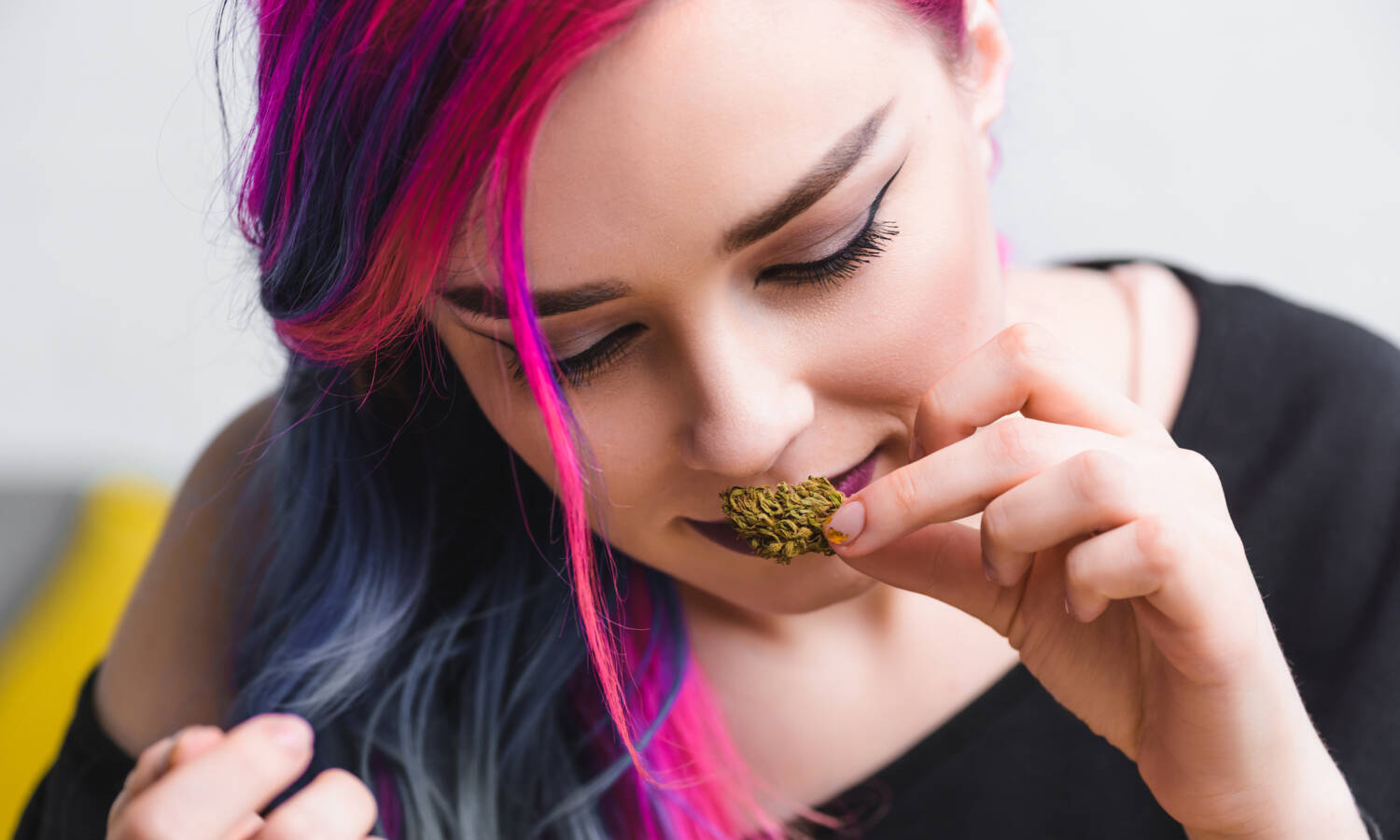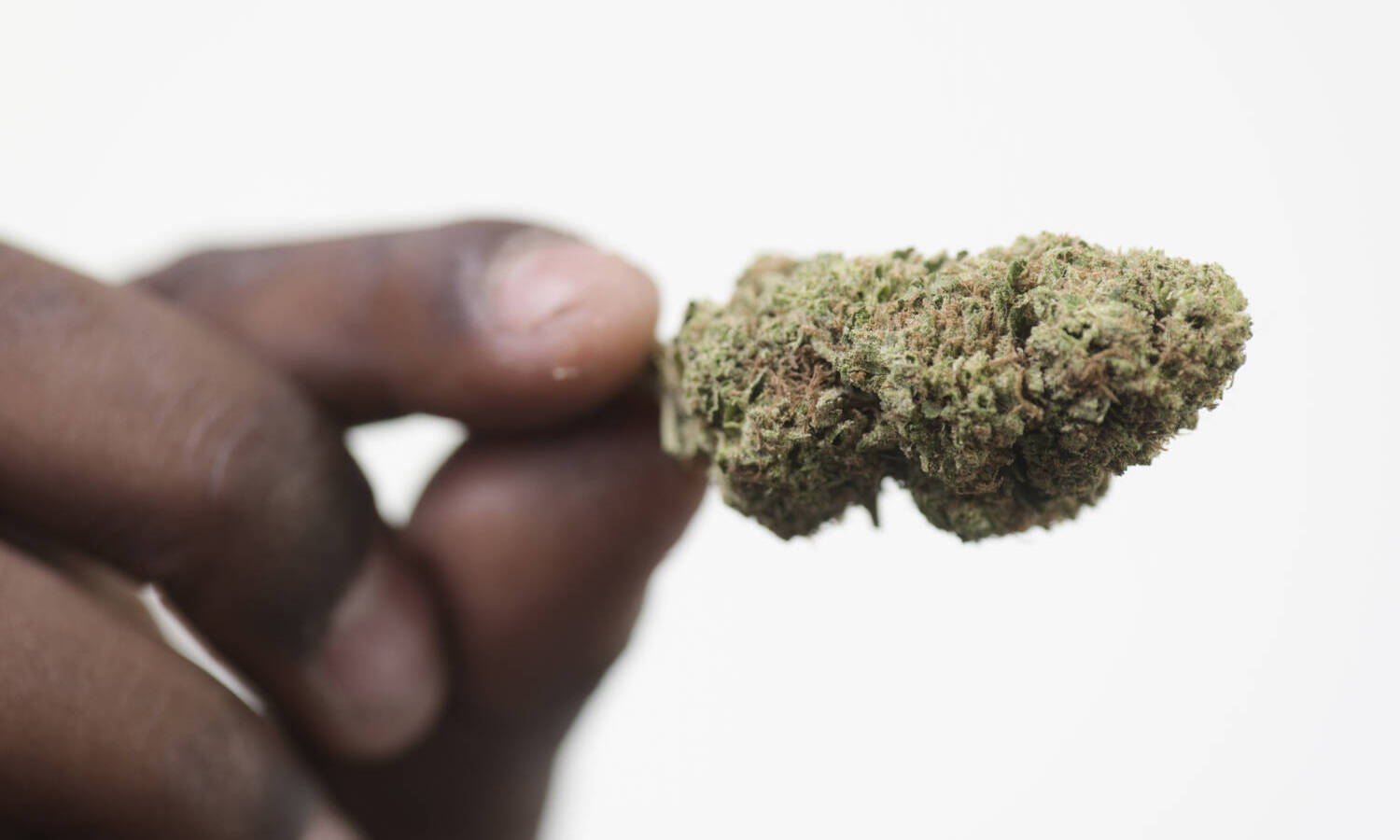
This is how you can tell if your weed is bad
One myth about cannabis is that it is grown in a healthy, organic atmosphere – which, frankly, is not true. Here's how to identify bad weeds.
As with corn, avocados, and watermelons, when it comes to cannabis, it's sometimes hard to tell if you've got the right thing. Peaches, apples and tomatoes are easy to squeeze, but other plants present more of a challenge. Contamination is fairly common and not all growing spaces are healthy – even indoors. While more than 50% of the country has access to legal weed, illegal weed still makes up a large portion of the market, particularly in states where weed is not legal and New York, where there are over 1,500 unlicensed stories, who sells who knows what.
RELATED: Why You Should Smell Your Weed Before Buying
To find out if your weed is good, you need to see, touch and smell your flowers to check for contaminants. The more you use, the faster you can understand more. Here's how to tell if your weed is bad.
Photo by Kindel Media via Pexels
Visual inspection
This can be done with the naked eye or a microscope. If the cannabis flowers are covered in too much shiny, crystalline substance, something could be up. During the harvesting process, shake out the buds and observe the falling substances. Contaminants may include grains, crystals, or powders. If you can't identify some of these substances, it might make sense to take a pass.
RELATED: Why You Should Smell Your Weed Before Buying
Check by feel
Visual is one or even the first step. Take a bud to see if it is crumbling or drying out quickly.
Smell and taste inspection
Take a whiff before lighting for a better reading. However, this only works if you know how it should smell and taste. If you notice a whiff or taste of chemicals or other unnatural substances, your buds may be contaminated.
 Photo by LightFieldStudios/Getty Images
Photo by LightFieldStudios/Getty Images
Examine the burned weeds
When lighting rolled-up buds, be careful to create sparks when you inhale. Also, check what the flame looks like immediately and after lighting the weed. If you hear a crackling sound when you pull the buds, it is very likely that the buds are contaminated.
Also, check the taste and smell of the weed. If an abnormal order is detected, stop inhalation.
Examine the remains
This is the final process. If the previous inspections did not reveal any strange results, the remaining ash still needs to be observed. An uncontaminated bud leaves a dark gray ash that is obviously dry and soft to the touch. If you see deep black, hard, or greasy ash, your buds contain one or more contaminants.
Cannabis is often directly or indirectly exposed to pollutants. The most common culprits include sugar, sand, fertilizer, hairspray, and industrial pesticides or fertilizers.
Sand is one of the natural residues that can escape even the most experienced cannabis connoisseurs. Sand is an unavoidable material in farms, so there is a high chance of it accidentally contaminating products. Some unscrupulous growers tend to intentionally add sand to their products because it gives the buds a shinier and heavier appearance. It is always advisable to shake out the flowers and sift the ground ones before packaging.
Typically, fertilizers on large farms can pose a risk of life-threatening illness to consumers if inhaled. Many chemicals are used for credible reasons, such as protecting plants and maximizing growth. However, over time, consumption of these dangerous chemicals can lead to illnesses such as neurotoxicity and asthma.
Other cannabis contaminants to watch out for include fungus, mold, and talc.
 Photo by Ben Harding/Getty Images
Photo by Ben Harding/Getty Images
If you ever have contaminated cannabis buds or products in your hand, the severity of the contamination will depend on whether or not you need to dispose of them. Some contaminated flowers can be cleaned with the right materials. However, if you don't have time to do this yourself, it's best to throw them away.
It is always best to purchase from a licensed, legal store as products are subject to more scrutiny and oversight to ensure consumer safety.
RELATED: Is sticky grass a good or bad sign?
The main goal of detecting impurities in cannabis flowers is to ensure cleaner and smoother buds without absorbing anything harmful. Be sure to carefully review your homegrown and purchased cannabis listings at all times, if not, but stay safe.

Post a comment: